

Articles
How To Pick A Toilet
Modified: October 19, 2024
Looking for articles on how to pick a toilet? Discover expert tips and advice to help you choose the perfect toilet for your needs.
(Many of the links in this article redirect to a specific reviewed product. Your purchase of these products through affiliate links helps to generate commission for Storables.com, at no extra cost. Learn more)
Introduction
Choosing a toilet may not be the most glamorous home improvement task, but it is certainly an essential one. After all, a toilet is a fixture that you and your family will use every day, so it is crucial to select one that fits your needs and preferences. With the wide variety of options available on the market today, it can be overwhelming to make the right choice. This article will guide you through the process of picking the perfect toilet for your home, covering important considerations, styles, sizes, flushing mechanisms, water efficiency, comfort, materials, accessibility features, maintenance, and budget. By the end, you will be equipped with the knowledge to make an informed decision and ensure that your bathroom is equipped with a toilet that meets your requirements.
Key Takeaways:
- Choose a toilet that fits your space, plumbing, and user preferences. Consider water efficiency, maintenance, and budget to make an informed decision for a comfortable and functional bathroom experience.
- Prioritize comfort, accessibility, and easy maintenance when selecting a toilet. Balance quality, features, and budget to find the best value for your investment in a reliable and efficient fixture.
Read more: How To Pick Insulation
Considerations for Toilet Selection
Before diving into the different types and styles of toilets, it’s important to consider a few key factors that will help you narrow down your options:
- Bathroom Space: Measure the available space in your bathroom to determine the appropriate toilet size and configuration. Consider the distance from the wall, clearance around the toilet, and the placement of other fixtures.
- Plumbing: Check the plumbing connections in your bathroom to ensure that the toilet you choose is compatible with your existing setup. Pay attention to the rough-in distance, which is the distance from the wall to the center of the toilet flange.
- User Preferences: Take into account the needs and preferences of the people who will be using the toilet. Factors such as comfort, height, and accessibility features can greatly impact their experience.
- Water Efficiency: Consider the water consumption of the toilet. Look for models with a WaterSense label, which indicates that they meet the EPA’s criteria for water efficiency. These toilets use less water per flush and can help you save on your water bill in the long run.
- Maintenance and Cleaning: Evaluate the ease of cleaning the toilet. Look for features such as concealed trapways or smooth surfaces that prevent dirt and residue from building up, making the cleaning process more efficient.
- Budget: Determine your budget for the toilet purchase. Keep in mind that while cheaper options may save you money upfront, they may not provide the same level of quality, durability, or water efficiency as higher-end models.
By considering these factors, you can narrow down your choices and find a toilet that fits your specific needs and preferences.
Toilet Styles and Types
When it comes to toilet styles and types, you have several options to choose from. Here are the most common ones:
- Two-piece: This is the traditional style of toilet where the bowl and tank are separate pieces. Two-piece toilets are generally more affordable and easier to install or repair. They come in a variety of designs and offer a wide range of features.
- One-piece: One-piece toilets have a seamless, compact design with the bowl and tank fused into a single unit. They are known for their sleek appearance and easy maintenance. One-piece toilets are usually more expensive, but they offer a space-saving solution and can add a modern touch to your bathroom.
- Wall-mounted: As the name suggests, wall-mounted toilets are mounted on the wall, with the tank hidden inside the wall cavity. They create a minimalist and spacious look, making them a popular choice for contemporary bathrooms. However, wall-mounted toilets require professional installation due to their special plumbing and support requirements.
- Corner toilets: Corner toilets are designed to fit into tight spaces or small bathrooms. They have a triangular shape that allows them to be installed in a corner, saving valuable floor space. These toilets are a great option for maximizing space efficiency in compact bathrooms.
- Smart toilets: Smart toilets are becoming increasingly popular due to their advanced features and technological innovations. These toilets often come with features such as automatic flushing, seat warmers, bidet functions, built-in nightlights, and even Bluetooth connectivity. While they may be a bit more expensive, smart toilets provide added convenience and luxury.
Consider your bathroom layout, aesthetic preferences, and budget when selecting the style and type of toilet that best suits your needs. Each style offers different benefits and considerations, so take your time to choose the one that aligns with your personal preferences and functional requirements.
Size and Mounting Options
When it comes to toilet size and mounting options, there are a few factors to consider:
- Standard size: Standard toilets typically have a rough-in distance of around 12 inches. They are the most common size and can fit in most bathrooms without any issues.
- Compact size: Compact toilets, also known as “elongated compact” or “small elongated” toilets, have a slightly shorter bowl compared to standard toilets. They are designed to fit in smaller spaces or bathrooms, providing extra room without sacrificing comfort. Compact toilets are a good option for those who have limited bathroom space.
- Comfort height: Comfort height toilets, also known as “chair height” toilets, are taller than standard toilets. They typically have a height of 17 to 19 inches, making them easier to use for people with mobility issues or for those who prefer a more comfortable seating position. Comfort height toilets mimic the height of a standard chair, providing better accessibility and ease of use for many users.
- Wall-mounted: Wall-mounted toilets offer a unique mounting option where the toilet is anchored to the wall, with the tank hidden inside the wall cavity. This mounting style creates a sleek, modern look and allows for easy cleaning of the floor area beneath the toilet. Keep in mind that wall-mounted toilets require specialized installation and may have weight restrictions, so consult with a professional if you are considering this option.
Consider the dimensions of your bathroom, the available space, and the specific needs of the users when selecting the size and mounting option of your toilet. By choosing a toilet that fits your bathroom layout, you can ensure a seamless and comfortable experience for everyone in your household.
Flushing Mechanisms
The flushing mechanism of a toilet plays a crucial role in its performance and water efficiency. Here are some common flushing mechanisms to consider:
- Gravity Flush: This is the most traditional and common flushing mechanism. Gravity flush toilets use the force of gravity to create a strong water flow, efficiently removing waste from the bowl. They are generally reliable, low-maintenance, and quiet. However, they may use more water per flush compared to other flushing mechanisms.
- Pressure-Assisted Flush: Pressure-assisted toilets utilize a pressure chamber to intensify the flushing action. When you flush, water is forced into the bowl with more force, resulting in a powerful and effective flush. These toilets are known for their efficiency and clog resistance. However, they can be noisier, and the pressure-assisted system may require more maintenance.
- Dual Flush: Dual flush toilets offer the convenience of two flushing options: a partial flush for liquid waste and a full flush for solid waste. This allows you to use less water for light flushes, promoting water conservation. Dual flush toilets are a popular choice for their efficiency and environmental friendliness. However, they may have a higher initial cost.
- Pressure-Flush: Pressure-flush toilets operate by using compressed air or an electric pump to increase water pressure during each flush. This mechanism provides a powerful flush and can effectively remove waste with less water. Pressure-flush toilets are often found in commercial settings but can also be installed in residential bathrooms. They are efficient and reliable, but they may be more expensive and require professional installation.
Consider your water usage needs, preferences, and budget when selecting a flushing mechanism. Each type offers different advantages in terms of performance, water efficiency, and maintenance requirements. Choose the one that best fits your requirements and priorities for a satisfactory flushing experience.
Read more: How To Pick Cushions
Water Efficiency
Water efficiency is an important factor to consider when choosing a toilet. By selecting a water-efficient model, you can reduce your water consumption, save money on your water bill, and contribute to environmental conservation. Here are some key points to consider regarding water efficiency:
- WaterSense certification: Look for toilets that are certified by the Environmental Protection Agency (EPA) with the WaterSense label. This certification ensures that the toilet meets strict criteria for water efficiency. WaterSense toilets use 1.28 gallons per flush (gpf) or less, compared to older models that can use 3.5 gpf or more.
- Dual flush technology: Consider toilets with a dual flush mechanism that allows you to choose between a partial flush for liquid waste and a full flush for solid waste. This feature helps conserve water by using less water for lighter flushes.
- Flush volume: Pay attention to the flush volume of the toilet, which indicates the amount of water used per flush. The lower the flush volume, the more water-efficient the toilet.
- Efficient bowl design: Look for toilets with an efficient bowl shape and design that facilitate effective waste removal with minimal water usage. Some models feature larger trapways and improved bowl glazing, enhancing the flushing performance while using less water.
- Leaks and water-saving features: Consider toilets that have water-saving features such as leak detection and automatic shut-off. These features can help identify and fix leaks, preventing unnecessary water waste.
When selecting a water-efficient toilet, keep in mind your personal preferences, budget, and any water conservation goals you may have. By choosing a water-efficient model, you can make a positive impact on the environment and reduce your household’s water consumption without compromising on performance.
Comfort and Height
Comfort is an essential consideration when choosing a toilet. After all, you want to ensure that your bathroom experience is as comfortable as possible. Here are some factors to consider regarding comfort and height:
- Standard height: Standard height toilets typically range from 14 to 15 inches in height. These toilets are suitable for most individuals and are commonly found in residential bathrooms. They offer a comfortable seating position for the majority of users.
- Comfort height (ADA-compliant): Comfort height toilets, also known as chair height toilets, have a height of around 17 to 19 inches. These toilets are designed to provide a seating height that is similar to that of a regular chair, making it easier for individuals with mobility issues to sit down and stand up. Comfort height toilets are also beneficial for taller individuals who prefer a more comfortable seating position.
- Elongated bowl: Consider toilets with an elongated bowl rather than a round bowl. Elongated toilets provide a larger seating area, enhancing comfort for most users. The elongated shape is also beneficial for individuals with reduced mobility or those who require additional space.
- Soft-close seat: Look for toilets that come with a soft-close seat. This feature prevents the seat from slamming down, providing a quieter and more comfortable experience. Soft-close seats are ideal for households with young children or individuals who prefer a more gentle closing motion.
- Armrests or handles: Some toilets offer optional armrests or handles that can be installed for added support and stability. These can be beneficial for individuals with mobility challenges or those who require assistance when using the toilet.
Consider the needs and preferences of the users when selecting the height and comfort features of the toilet. An ideal toilet should provide a comfortable and accessible experience for everyone in your household.
When picking a toilet, consider the flushing power, water efficiency, and size to ensure it fits your bathroom space. Look for a WaterSense label for water-saving options.
Bowl Shape and Depth
When choosing a toilet, the shape and depth of the bowl can greatly impact comfort and functionality. Here are some considerations to keep in mind:
- Round bowl: Round bowls have a compact shape and are ideal for smaller bathrooms or spaces with limited clearance. They are generally less expensive and can be a space-saving option. However, they may not provide as much seating area as elongated bowls.
- Elongated bowl: Elongated bowls have an oval shape and provide a larger seating area. They are more comfortable for most individuals, especially for extended sitting periods. Elongated bowls also tend to have a deeper water seal, reducing the chance of splashing. However, they may require more space in the bathroom.
- Shallow bowls: Some toilets offer shallow bowls that have a lower water depth. This can be beneficial for households with water-saving concerns, as it reduces the amount of water required for each flush. However, shallower bowls may be more prone to clogs or require more frequent cleaning.
- High-performance flush: Consider toilets with a high-performance flushing system that can effectively clear waste with minimal water usage. These toilets are designed to prevent clogs and maintain a clean bowl surface, ensuring optimal functionality and hygiene.
- Comfortable seating position: Regardless of the bowl shape and depth, it is important to choose a toilet that provides a comfortable seating position for users. Factors such as the height of the toilet and the angle of the seat can impact comfort and ease of use.
Consider the size of your bathroom, the preferences of the users, and the level of comfort and functionality you desire when selecting the bowl shape and depth of your toilet. Ultimately, the goal is to choose a toilet that provides a comfortable and efficient experience for everyone in your household.
Material and Finish
The material and finish of a toilet not only contribute to its aesthetic appeal but also impact its durability and ease of maintenance. Here are some commonly used materials and finishes for toilets:
- Vitreous China: This is the most common material used for toilets. Vitreous china is a ceramic material with a smooth, glossy finish that is resistant to scratches and stains. It is durable, easy to clean, and maintains its appearance over time. Most toilets on the market are made of vitreous china.
- Porcelain: Porcelain toilets are similar to vitreous china and offer similar benefits. The difference lies in the manufacturing process. Porcelain toilets are made by heating clay at a higher temperature, resulting in a denser and more durable material. Porcelain toilets are often found in high-end or luxury bathroom fixtures.
- Glazed: Many toilets have a glazed finish, which creates a smooth and non-porous surface that is resistant to stains and bacteria. The glaze helps to protect the bowl from dirt buildup and makes cleaning easier. Look for toilets with a high-quality glaze for enhanced durability.
- Color options: Traditionally, toilets have come in standard white color. However, today you can find toilets in a variety of colors to match your bathroom decor. Keep in mind that colored toilets may limit your options for replacement parts or may be more expensive than standard white toilets.
When choosing the material and finish of your toilet, consider factors such as durability, ease of maintenance, and how well it complements your bathroom design. A high-quality material and finish will ensure that your toilet maintains its appearance and functionality for years to come.
Read more: How To Pick Mums
Accessibility Features
For individuals with mobility challenges or disabilities, having a toilet with accessibility features can greatly enhance comfort and usability. Here are some accessibility features to consider when selecting a toilet:
- Comfort height: As mentioned earlier, comfort height toilets are taller than standard toilets, making it easier for individuals with mobility issues to sit down and stand up. The additional height can provide better accessibility and reduce strain on the knees and joints.
- Grab bars: Consider a toilet that can accommodate the installation of grab bars. Grab bars provide support and stability for individuals who may need assistance when using the toilet. These bars can be mounted on the wall or attached to the toilet itself.
- Wide and clear space: Ensure that there is enough clearance around the toilet for easy wheelchair access. A wider space allows for better maneuverability and transfers for individuals with disabilities. Ensure that there are no obstacles, such as cabinets or bathroom fixtures, that may hinder accessibility.
- Accessible flush controls: Look for toilets with easily reachable and easy-to-use flush controls. This is particularly important for individuals with limited dexterity or hand strength.
- ADA compliance: Consider toilets that meet the guidelines set by the Americans with Disabilities Act (ADA). ADA-compliant toilets are designed with specific height, size, and clearance requirements to ensure accessibility for individuals with disabilities.
When choosing a toilet with accessibility features, consult with individuals who will be using the toilet and consider their specific needs and requirements. Additionally, ensure that the bathroom layout allows for easy access and accommodate any necessary modifications, such as installing grab bars or adjusting the height of the toilet.
Maintenance and Cleaning
Maintenance and cleaning are essential aspects to consider when selecting a toilet. Here are some points to keep in mind:
- Easy-to-clean surfaces: Look for toilets with smooth surfaces and concealed trapways. Smooth surfaces prevent dirt and residue from adhering to the bowl, making cleaning more efficient. Concealed trapways hide the exposed curves of the plumbing, reducing the nooks and crannies where dust and grime can accumulate.
- Anti-microbial properties: Consider toilets with anti-microbial glazes or treatments. These features inhibit the growth of bacteria and prevent staining, keeping the toilet cleaner for longer periods. Anti-microbial properties can also contribute to a more hygienic bathroom environment.
- Efficient flushing: Choose a toilet with a powerful flushing mechanism that effectively clears waste with a single flush. This not only prevents clogs but also reduces the need for repeated flushing and minimizes the chance of residue buildup inside the bowl.
- Quick-release seat: Some toilets come with a quick-release seat mechanism, allowing for easy removal and installation of the toilet seat. This feature makes cleaning the toilet seat and the area around it more convenient and thorough.
- Maintenance-friendly features: Consider toilets with features like efficient water-saving mechanisms, leak detection, and durable components that require minimal maintenance. These features can reduce the need for frequent repairs and make the toilet more reliable in the long run.
Regular cleaning and maintenance are essential to keep your toilet functioning properly and hygienic. Follow the manufacturer’s cleaning instructions and use non-abrasive cleaners to avoid damaging the surfaces. Developing a regular cleaning routine will help prevent stains, odors, and the buildup of bacteria inside the bowl.
Ultimately, selecting a toilet with easy-to-clean surfaces and convenient maintenance features will make your bathroom cleaning tasks easier and promote a cleaner and more sanitary environment.
Budget Considerations
When choosing a toilet, it’s important to consider your budget and find a balance between quality and affordability. Here are some budget considerations to keep in mind:
- Price range: Toilets come in a wide range of prices, depending on factors such as brand, style, features, and materials. Determine your budget range before starting your search to help narrow down your options.
- Long-term savings: While it may be tempting to opt for a cheaper toilet upfront, consider the long-term savings potential. Water-efficient toilets, for example, can help reduce your water consumption and lower your water bill over time. Investing in a more durable and efficient toilet can save you money in the long run.
- Quality and durability: Don’t compromise on quality and durability for the sake of a lower price. A well-made toilet will last longer, require fewer repairs, and provide a more reliable performance. Consider reputable brands known for their quality and warranties to ensure a worthwhile investment.
- Features vs. necessities: Determine the features that are essential for your needs versus those that are nice-to-have but not crucial. Some advanced features, such as smart technology or luxury finishes, may increase the price significantly. Consider what features you truly require and prioritize your budget accordingly.
- Hidden costs: Keep in mind that the cost of the toilet is not the only expense involved. Installation costs, additional plumbing or electrical work, and any necessary modifications to the bathroom layout should be factored into your budget.
By considering your budget and weighing the long-term savings, quality, and specific features you need, you can find a toilet that offers the best value for your money. Take the time to compare prices, read reviews, and seek professional advice to ensure that you make an informed decision.
Conclusion
Choosing the right toilet for your home is an important decision that will impact your daily comfort, water usage, and overall bathroom experience. By considering the various factors outlined in this article, you can make an informed choice that aligns with your needs and preferences. Here’s a recap of the key points to remember:
First, consider the available space in your bathroom, plumbing compatibility, and the preferences of the users. These considerations will help you determine the appropriate toilet size and mounting options. Next, decide on the flushing mechanism that suits your needs, balancing water efficiency and performance.
Comfort is essential, so choose a toilet height, bowl shape, and depth that provide a comfortable seating position for everyone in your household. Material and finish should be durable, easy to clean, and complement your bathroom’s aesthetic. For individuals with mobility challenges or disabilities, consider accessibility features such as comfort height, grab bars, and sufficient clearance space.
Maintenance and cleaning should be convenient, so look for toilets with easy-to-clean surfaces, glazes, and efficient flushing systems. Finally, consider your budget range and prioritize features that are essential for your needs, while keeping in mind the potential long-term savings and costs.
With these considerations in mind, you can confidently choose a toilet that meets your requirements in terms of functionality, comfort, water efficiency, and style. Remember to consult with professionals if needed and read reviews to ensure the quality and reliability of the chosen toilet.
By investing time in choosing the right toilet, you’ll not only enhance the functionality and aesthetics of your bathroom but also improve your overall experience and contribute to water conservation. So, take your time, explore the options, and make a decision that will serve you well for years to come.
Frequently Asked Questions about How To Pick A Toilet
Was this page helpful?
At Storables.com, we guarantee accurate and reliable information. Our content, validated by Expert Board Contributors, is crafted following stringent Editorial Policies. We're committed to providing you with well-researched, expert-backed insights for all your informational needs.
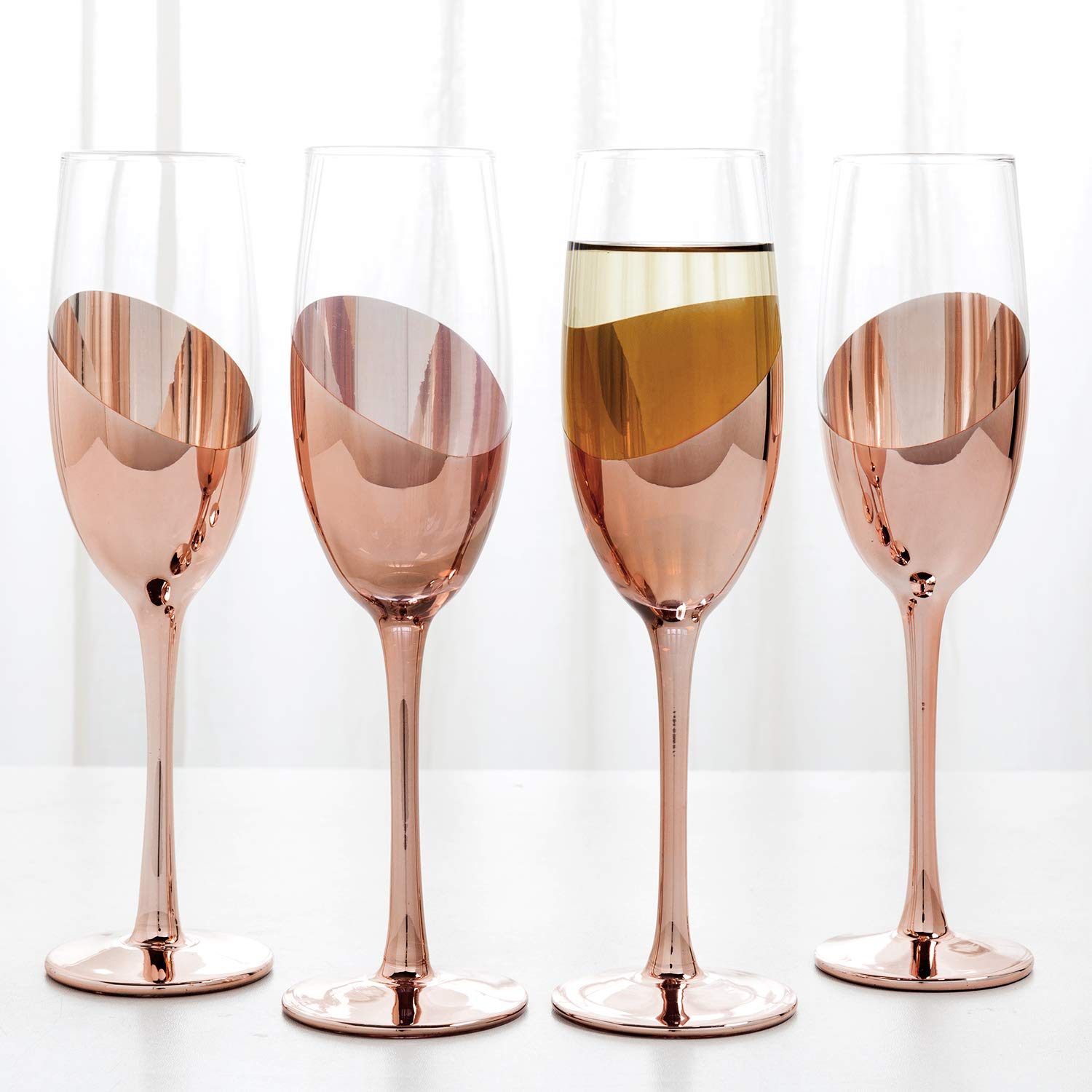
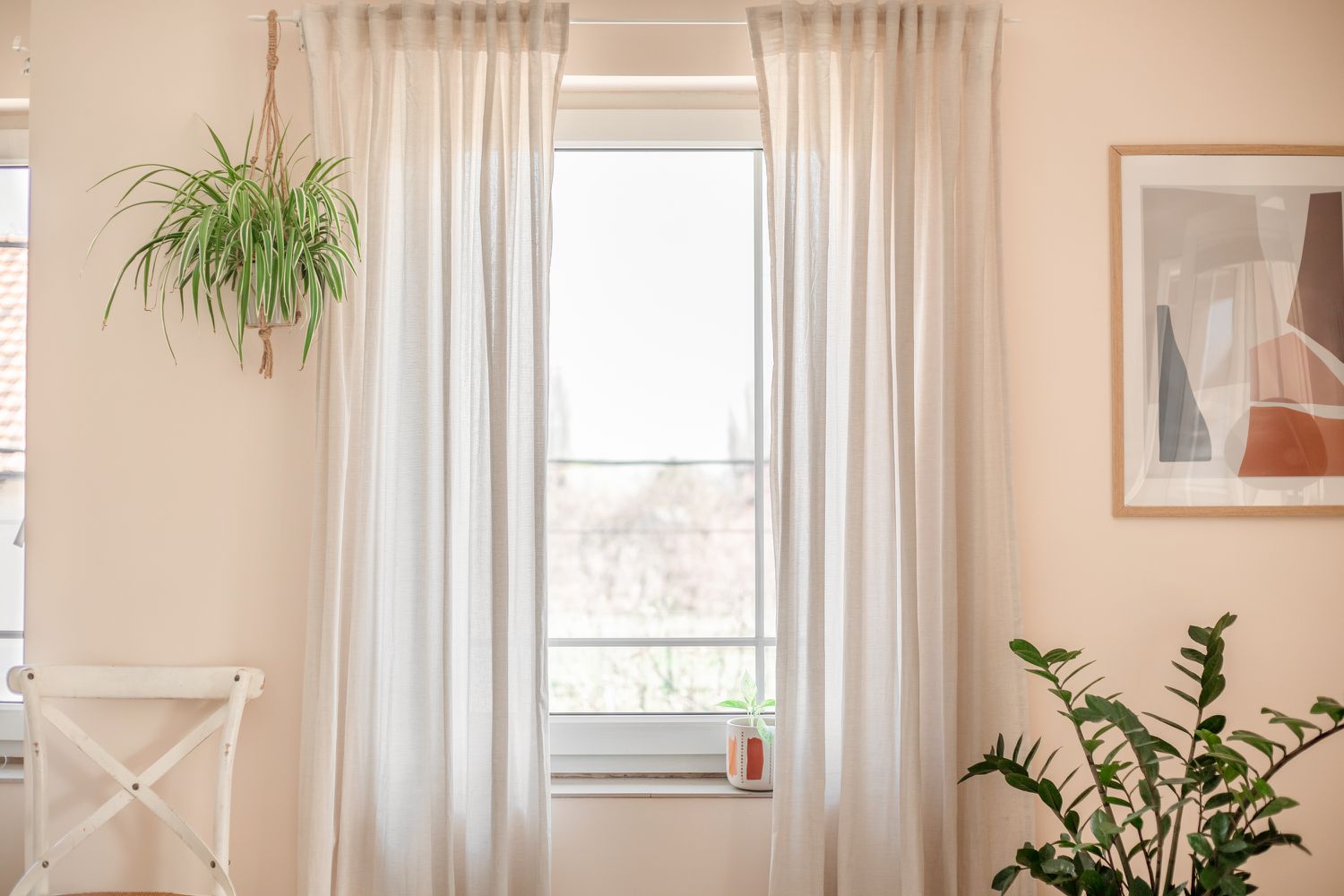
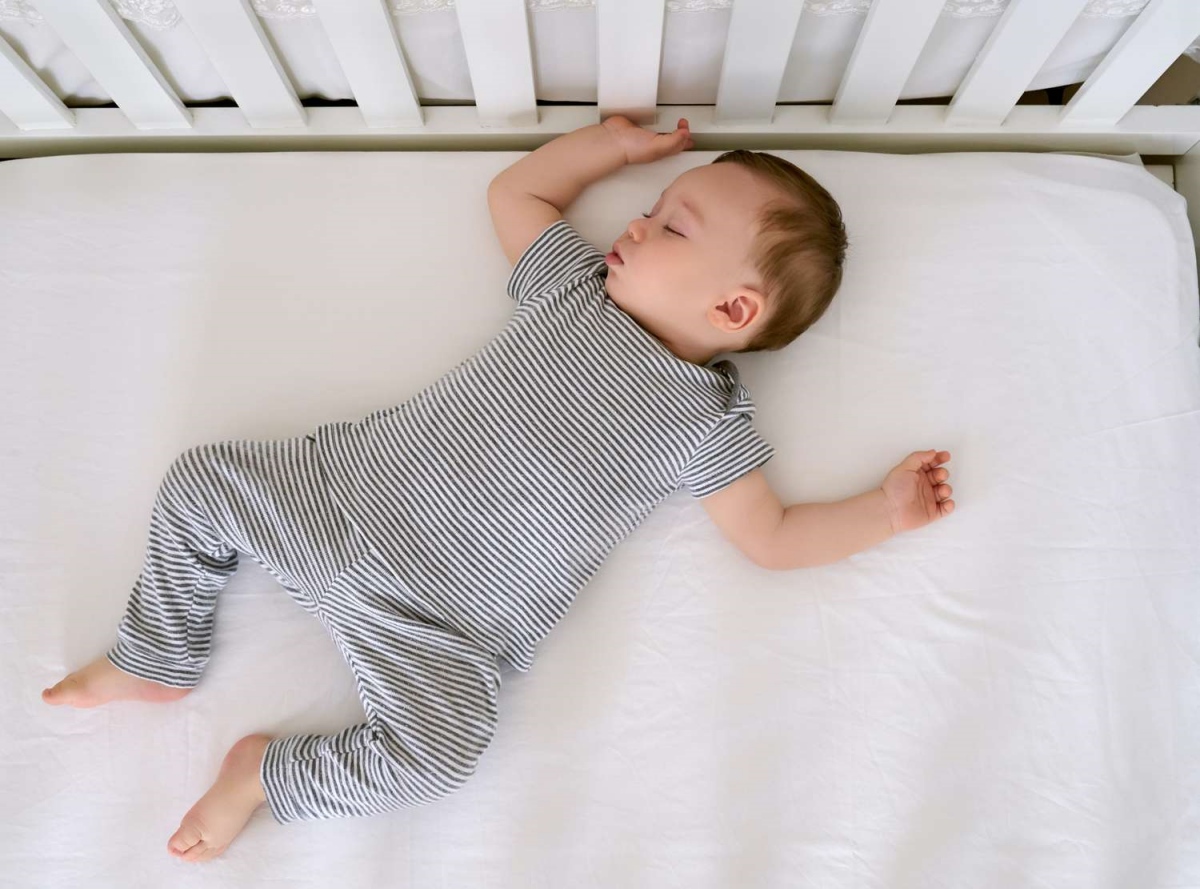
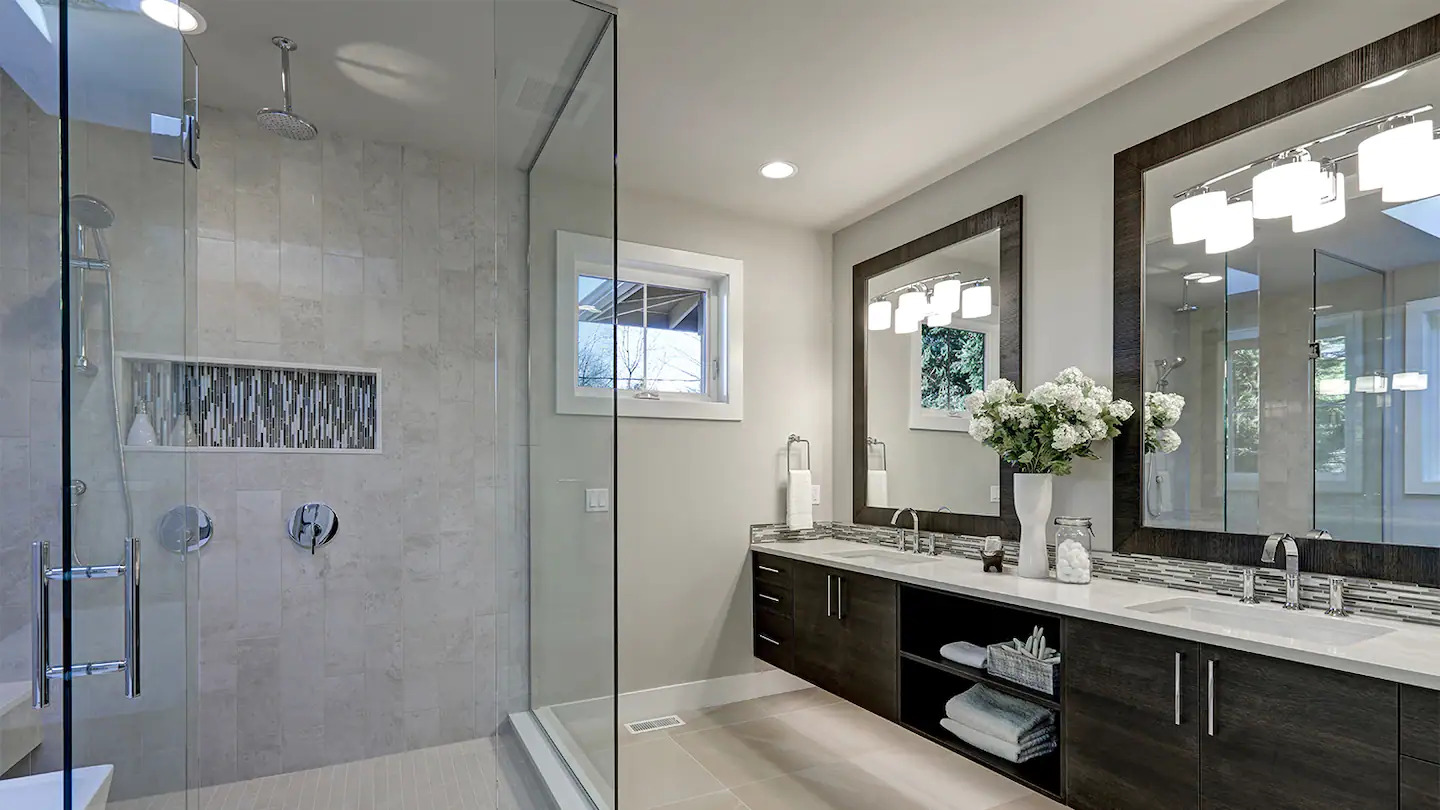


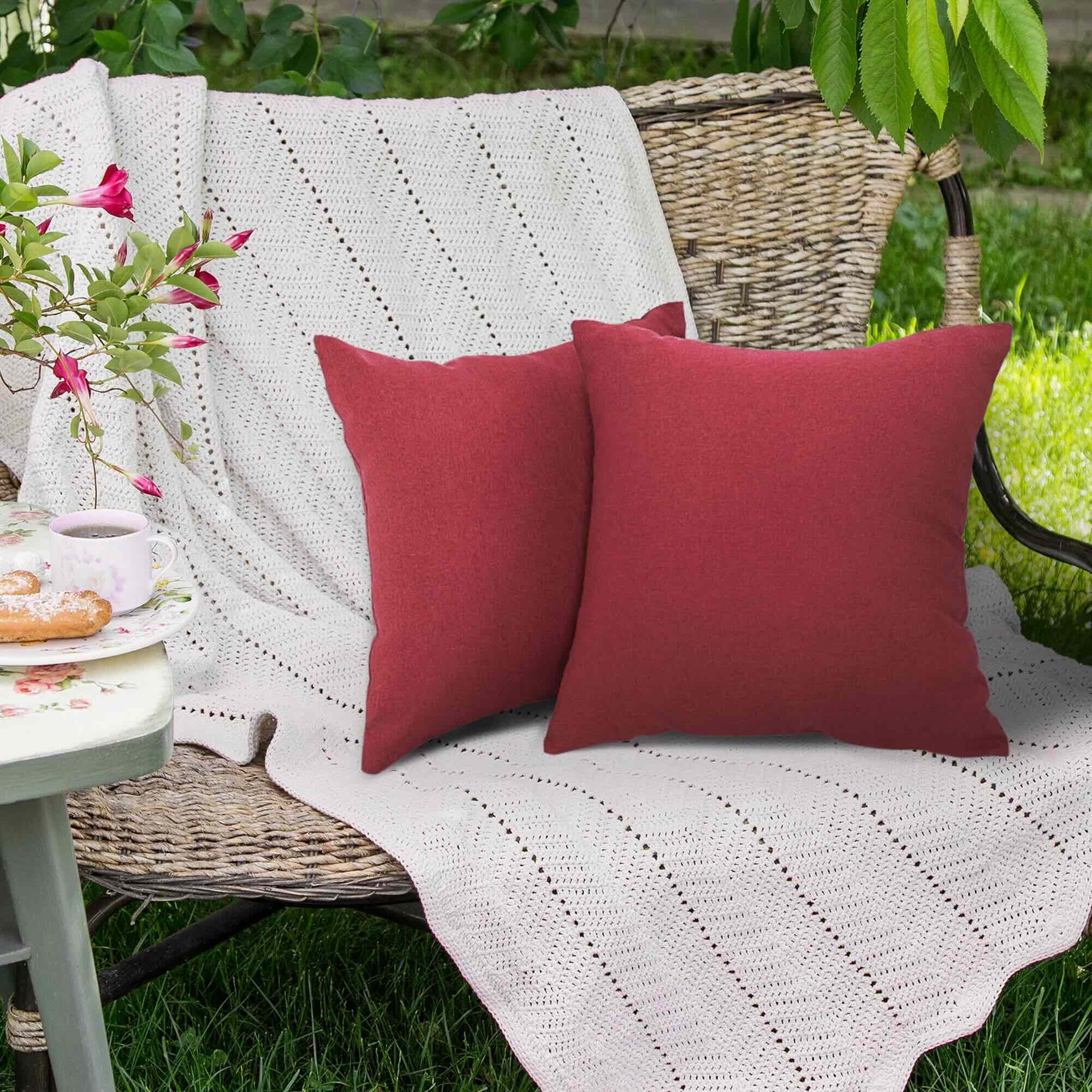
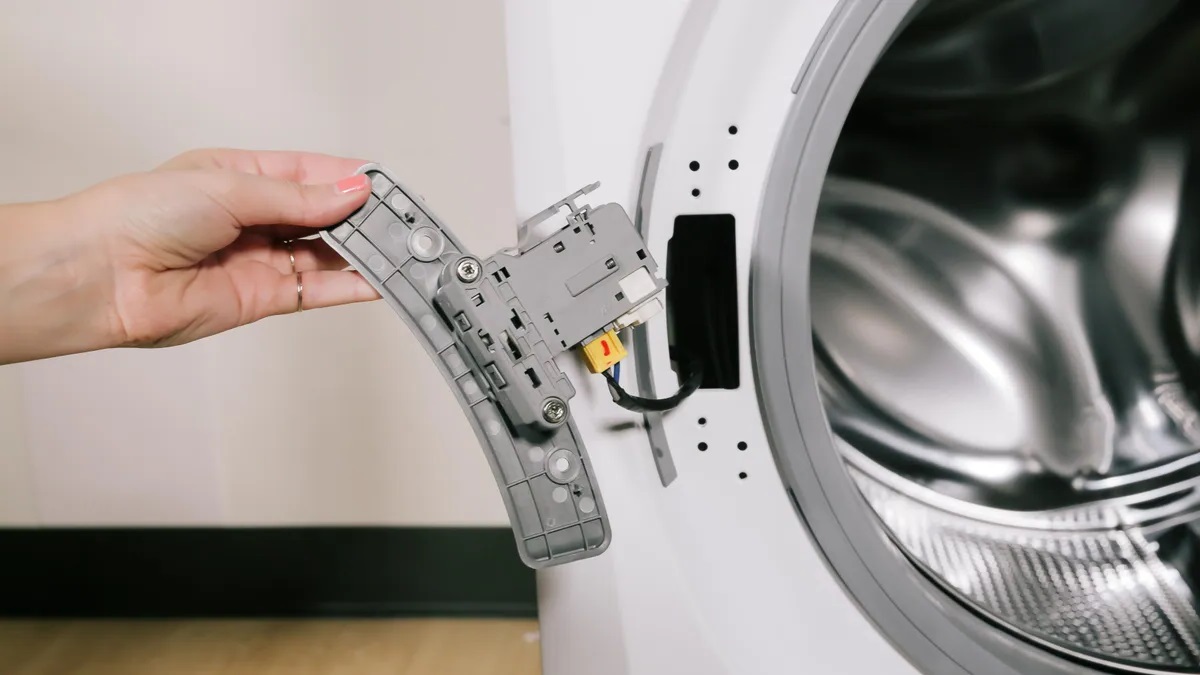
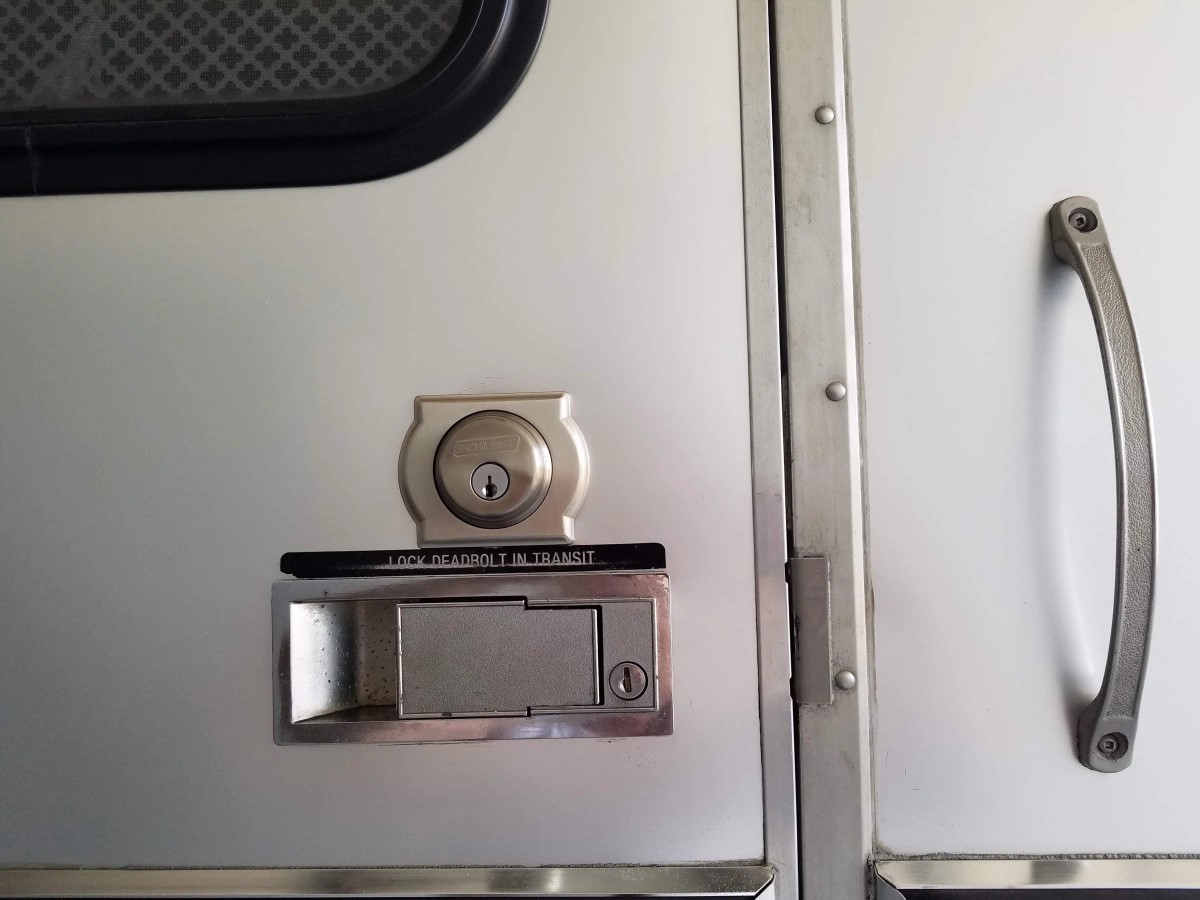
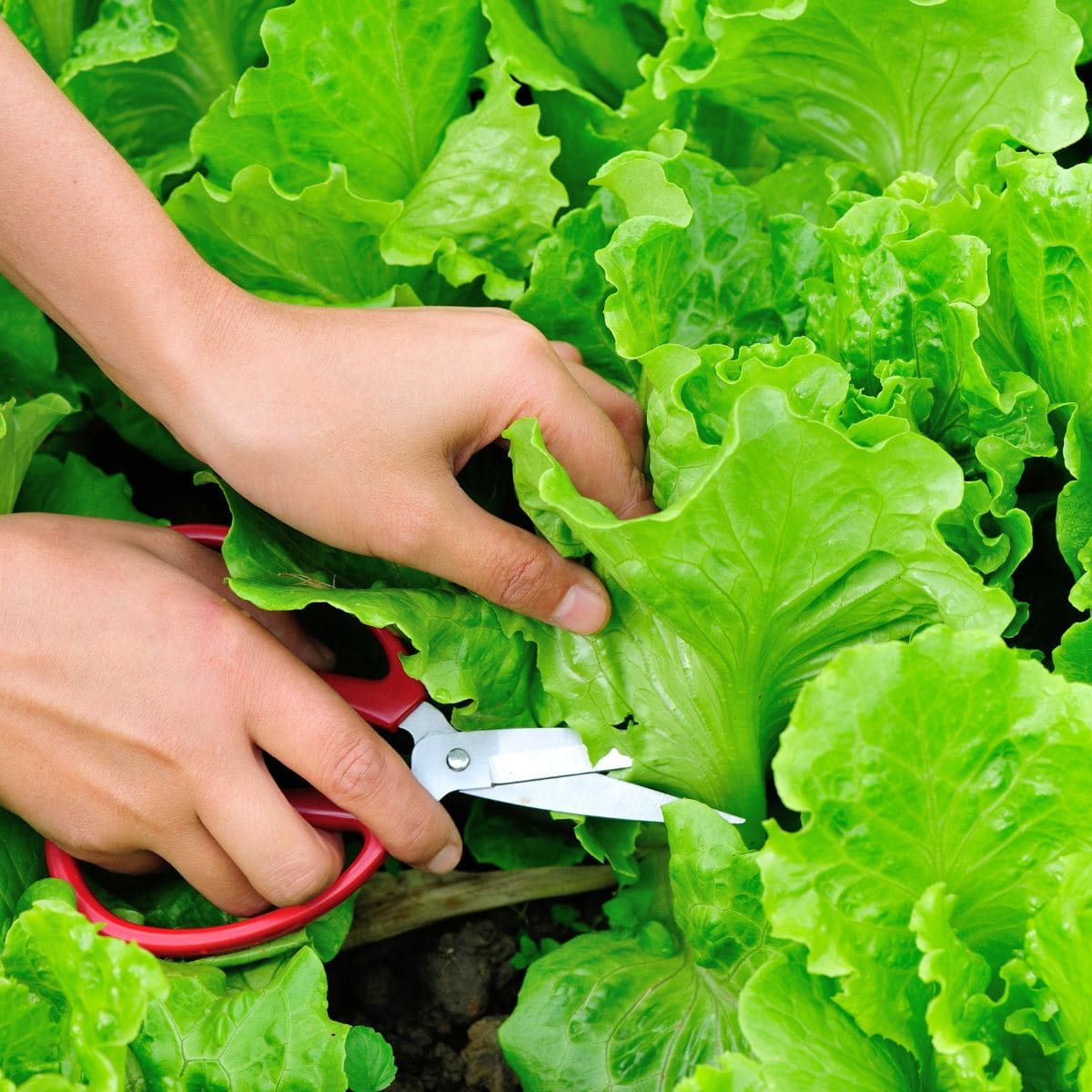

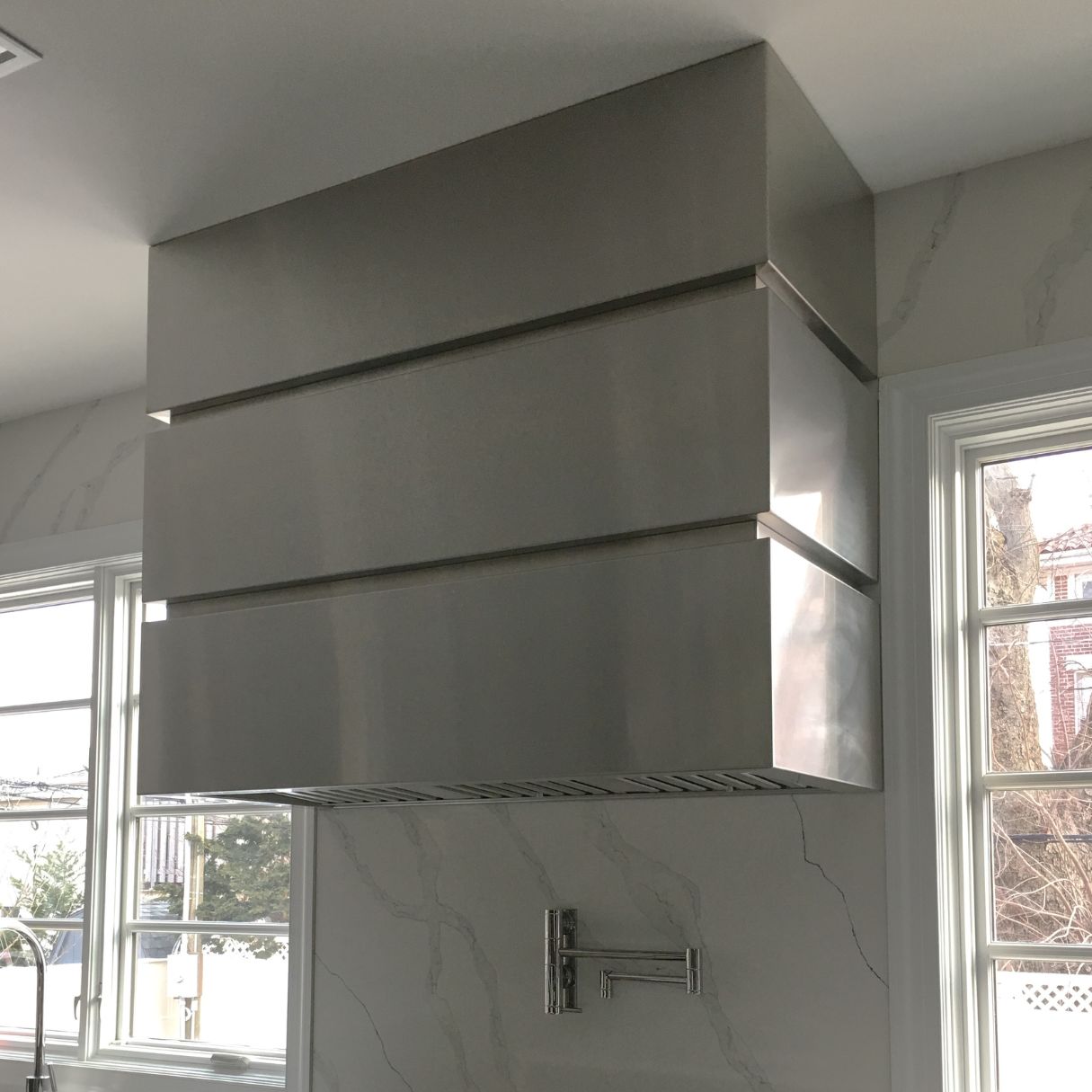


0 thoughts on “How To Pick A Toilet”